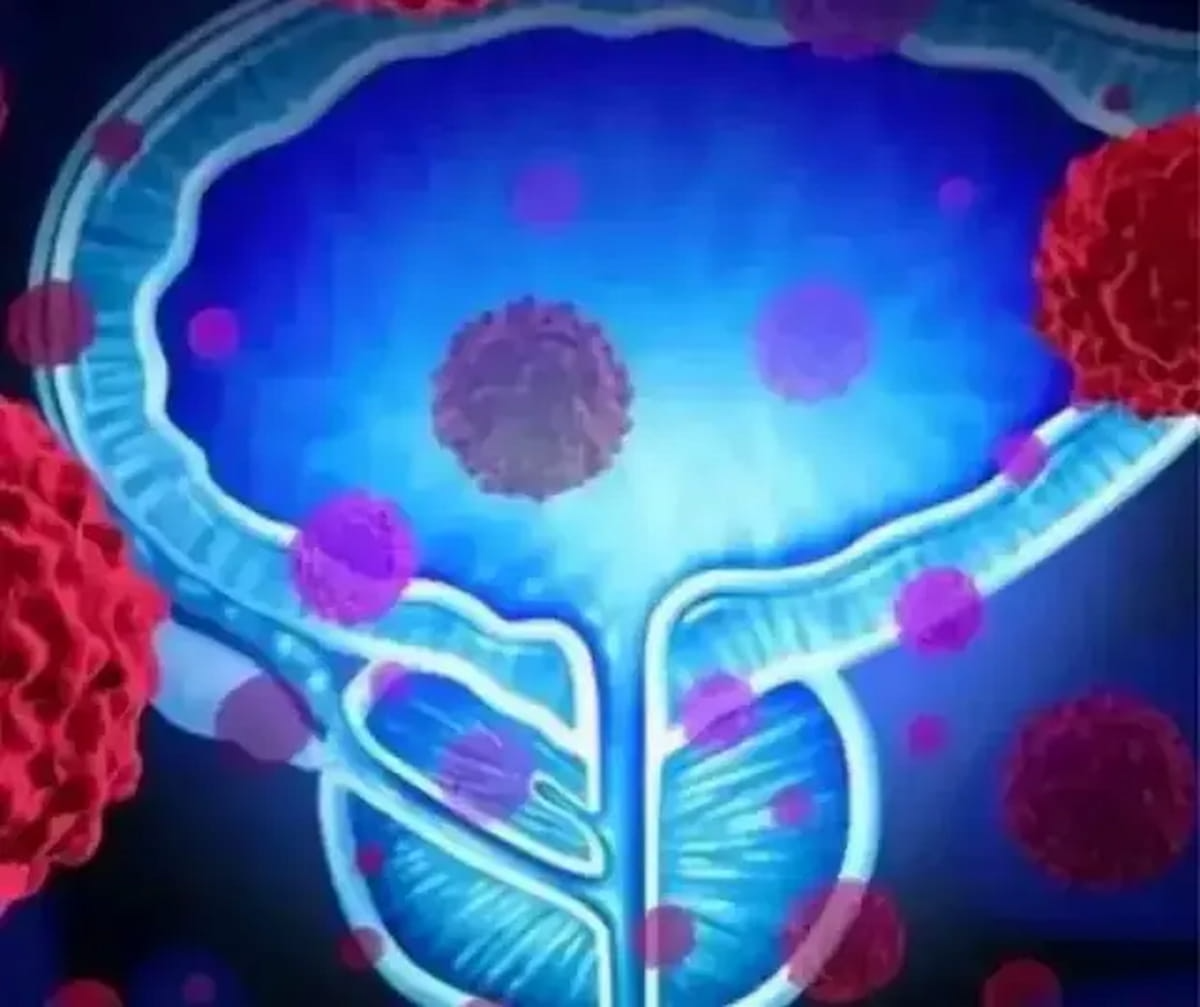Can MRI-Based AI Bolster Biopsy Decision-Making in PI-RADS 3 Cases?
In patients with PI-RADS 3 lesion assessments, the combination of AI and prostate-specific antigen density (PSAD) level achieved a 78 percent sensitivity and 93 percent negative predictive value for clinically significant prostate cancer (csPCa), according to research presented at the Radiological Society of North American (RSNA) conference.
New research suggests that artificial intelligence (AI) may have a significant impact in reducing prostate biopsies for PI-RADS 3 lesions on magnetic resonance imaging (MRI).
For the retrospective study, recently presented at the Radiological Society of North America (RSNA) conference, researchers evaluated an AI model for 302 PI-RADS lesions in a total of 248 patients. All patients in the cohort had MRI/ultrasound-guided fusion biopsy preceded by multiparametric MRI, according to the study. The study authors noted that 44 of the 302 biopsies were positive for clinically significant prostate cancer (csPCa).1
The researchers noted a prostate-specific antigen density (PSAD) > .15 ng/mL2 was associated with a greater than sixfold likelihood of csPCa in PI-RAD 3 index lesions but only a 61 percent sensitivity. However, when the AL model was combined with the PSAD threshold, the study authors noted a 17 percent increase in sensitivity (78 percent) and a 93 percent negative predictive value (NPV).1
New research presented at the recent RSNA conference showed the combination of AI model and a prostate-specific antigen density (PSAD) > .15 ng/mL2 had a 78 percent sensitivity and a 93 percent negative predictive value (NPV) for clinically significant prostate cancer (csPCa) in PI-RADS 3 lesions. (Image courtesy of Adobe Stock.)

“Combining a bpMRI-based AI model with PSAD can notably enhance the diagnostic process for patients with PI-RADS 3 lesions,” wrote lead study author Omer Esengur, M.D., a postdoctoral researcher associated with the Molecular Imaging Branch of the National Institutes of Health (NIH).
(Editor’s note: For additional coverage of RSNA, click here.)
While the AI model itself had an overall sensitivity of 57 percent and specificity of 62 percent for diagnosing csPCa, the researchers noted it still offered promise in ruling out csPCa with an 89 percent NPV.1
“The AI model alone demonstrated a high NPV, particularly in detecting csPCa, which is crucial for minimizing unnecessary biopsies,” added Esengur and colleagues.
Reference
1. Esengur OT, Yilmaz EC, Ozyoruk KB, et al. Multimodal approach to optimize biopsy-decision-making for PI-RADS 3 lesions at multiparametric MRI. Poster presented at the Radiological Society of North America (RSNA) 2024 110th Scientific Assembly and Annual Meeting Dec. 1-5, 2024. Available at: https://www.rsna.org/annual-meeting .
SNMMI: Botox May Facilitate Relief from Dry Mouth Side Effect of PSMA-Targeted Radiopharmaceuticals
June 25th 2025For patients being treated with radiopharmaceutical agents for metastatic prostate cancer, the combination of botulinum toxin and an anti-nausea patch led to a 30 percent reduction in PSMA uptake in the salivary glands, according to preliminary research findings presented at the SNMMI conference.
The Reading Room: Artificial Intelligence: What RSNA 2020 Offered, and What 2021 Could Bring
December 5th 2020Nina Kottler, M.D., chief medical officer of AI at Radiology Partners, discusses, during RSNA 2020, what new developments the annual meeting provided about these technologies, sessions to access, and what to expect in the coming year.
Could an Emerging PET Tracer be a Game Changer for Detecting Hepatocellular Carcinoma?
June 23rd 2025In addition to over 90 percent sensitivity in detecting hepatocellular carcinoma (HCC), the glypican-3 (GPC3) targeted PET tracer 68Ga-aGPC3-scFv appeared to be advantageous in identifying HCC tumors smaller than one centimeter, according to pilot study findings presented at the SNMMI conference.
RSNA 2020: Addressing Healthcare Disparities and Access to Care
December 4th 2020Rich Heller, M.D., with Radiology Partners, and Lucy Spalluto, M.D., with Vanderbilt University School of Medicine, discuss the highlights of their RSNA 2020 session on health disparities, focusing on the underlying factors and challenges radiologists face to providing greater access to care.
SNMMI: What a New Meta-Analysis Reveals About Radiotracers for PET/CT Detection of PCa
June 22nd 2025While (68Ga)Ga-PSMA-11 offers a pooled sensitivity rate of 92 percent for prostate cancer, (18F)-based radiotracers may offer enhanced lesion detection as well as improved imaging flexibility, according to a meta-analysis presented at the Society for Nuclear Medicine and Molecular Imaging (SNMMI) conference.
SNMMI: Can Multimodal Monitoring Bolster Outcomes with Pluvicto in Treating mCRPC?
June 22nd 2025Multimodal treatment monitoring, including SPECT/CT exams 24 hours after treatment with Lu-177 PSMA-617, may have facilitated significantly shorter therapy durations and reduced side effects in patients with mCRPC, according to a two-year study presented at the Society for Nuclear Medicine and Molecular Imaging (SNMMI) conference.